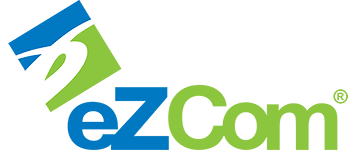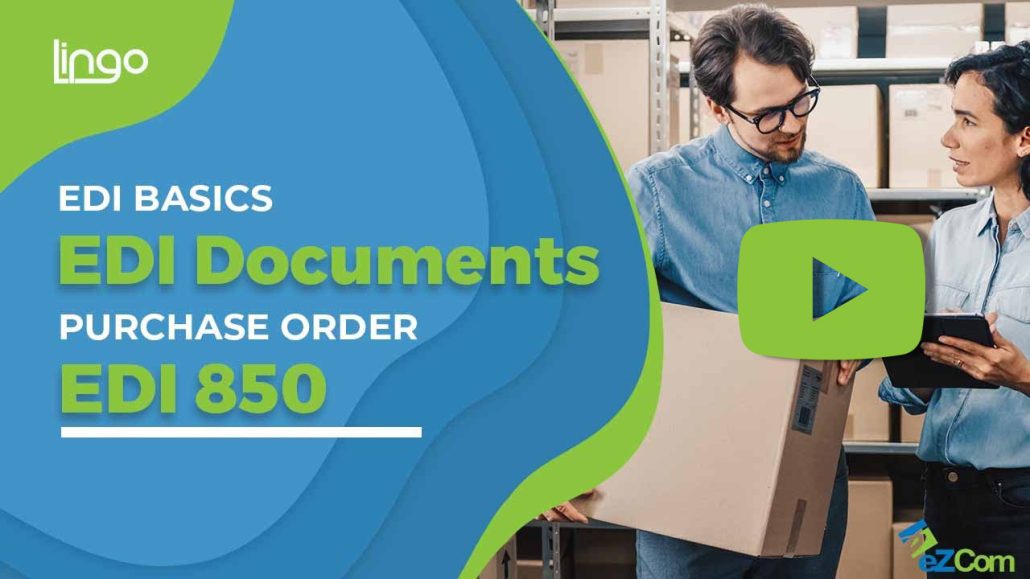FAQ: Understanding the EDI 850 Purchase Order
What is an EDI 850 Purchase Order?
An EDI 850 Purchase Order is an electronic document used by buyers to request goods or services from suppliers. It serves as a digital version of a traditional purchase order, containing all necessary details such as item descriptions, quantities, prices, and delivery instructions.
How does the EDI 850 improve order accuracy?
The EDI 850 improves order accuracy by automating the exchange of purchase order information, eliminating manual data entry errors, and ensuring that all parties have access to consistent and accurate information.
What information is typically included in an EDI 850?
An EDI 850 typically includes the purchase order number, buyer and seller information, order date, item details, shipping instructions, terms of payment, any applicable allowances, and changes to previous orders.
How does the EDI 850 benefit my business?
Implementing the EDI 850 can benefit your business by increasing order accuracy, speeding up order processing, reducing operational costs, improving supplier relationships, and enhancing visibility into order status.
What is the process for sending an EDI 850?
The process for sending an EDI 850 involves the following steps:
- Creation: The buyer’s EDI system generates the EDI 850 document based on purchase requirements.
- Transmission: The EDI 850 is securely transmitted to the supplier via an EDI network.
- Reception: The supplier’s EDI system receives and interprets the EDI 850, generating an acknowledgment or response.
- Fulfillment: The supplier processes the order and ships the goods according to the instructions in the EDI 850.
- Invoicing: The supplier sends an EDI 810 invoice to the buyer upon shipment, completing the transaction cycle.
Can the EDI 850 be customized for my business needs?
Yes, the EDI 850 can be customized to include specific information relevant to your business requirements, ensuring that the document aligns with your operational processes and communication standards.
How does the EDI 850 integrate with existing business systems?
At eZCom Software, we provide comprehensive EDI solutions that integrate seamlessly with your existing business systems, enabling smooth implementation and operation of EDI 850 transactions. This integration ensures that you can fully leverage the benefits of EDI without disrupting your current workflows.



